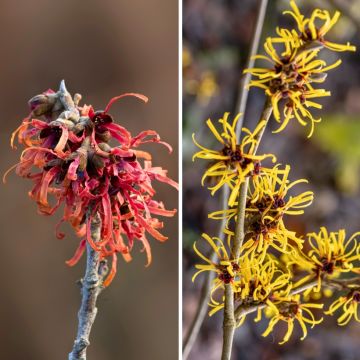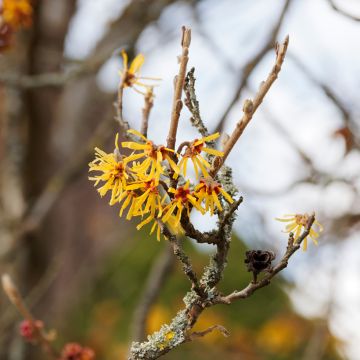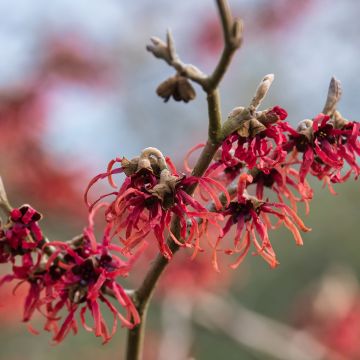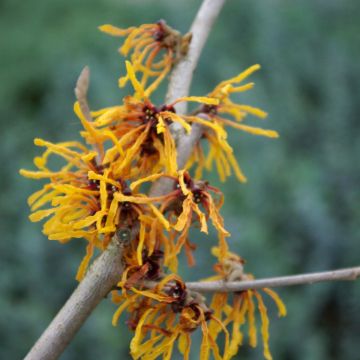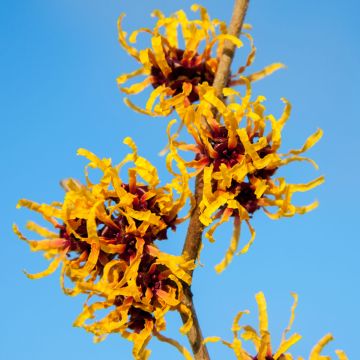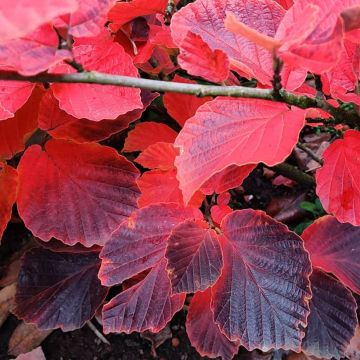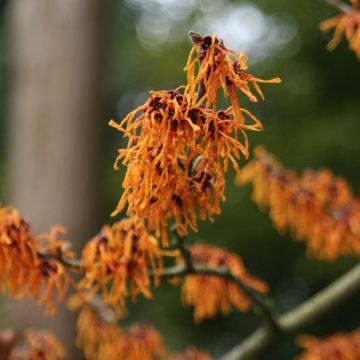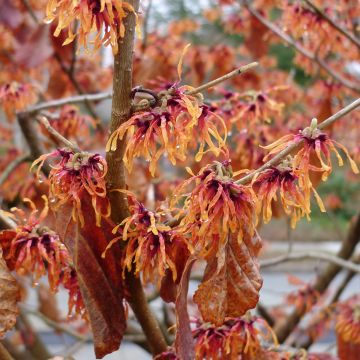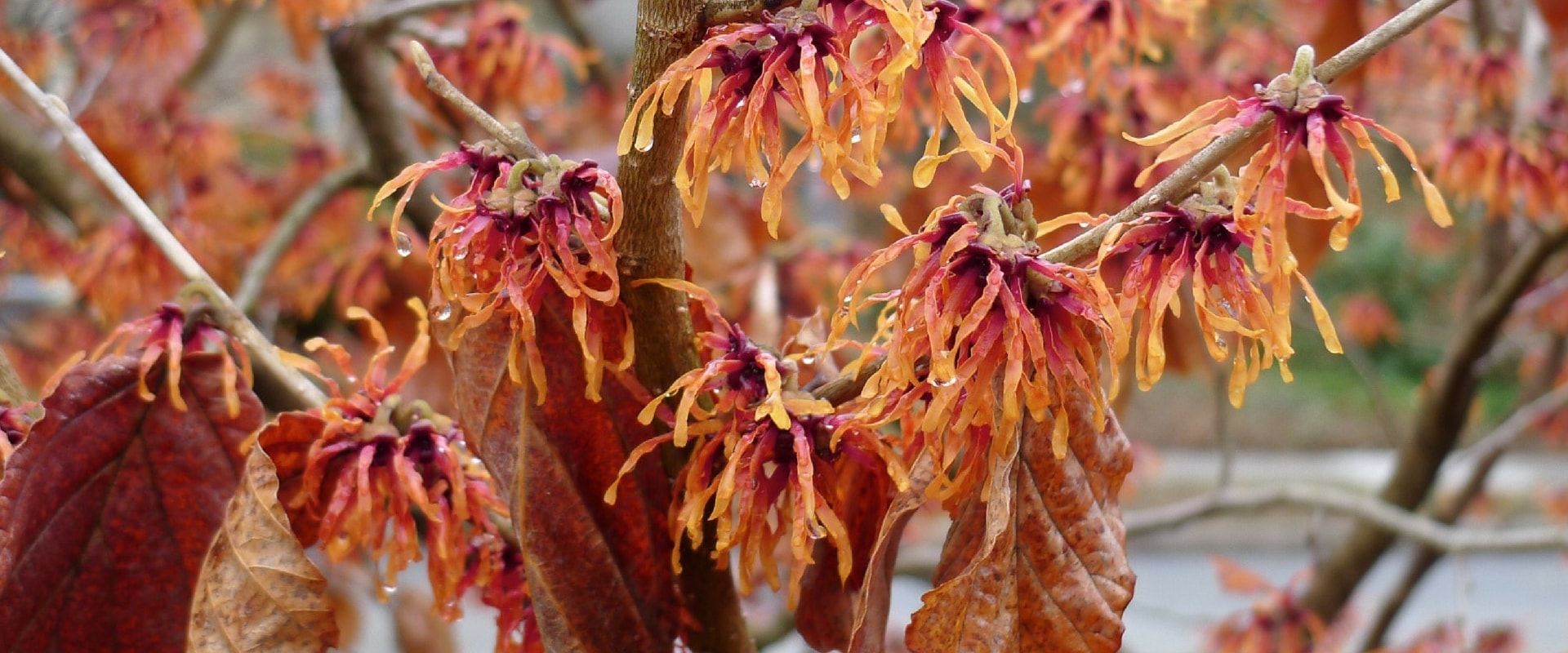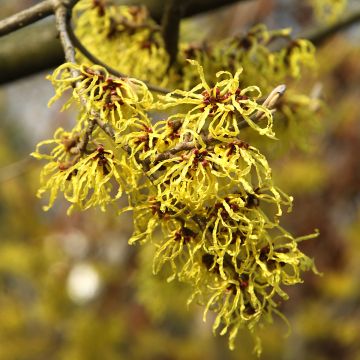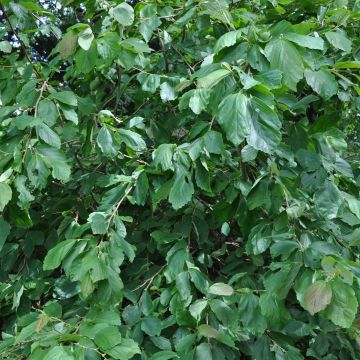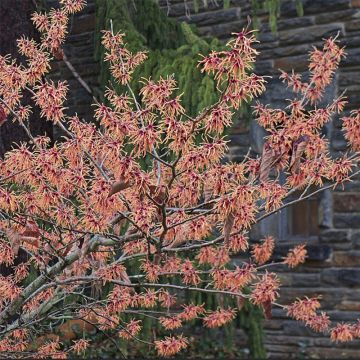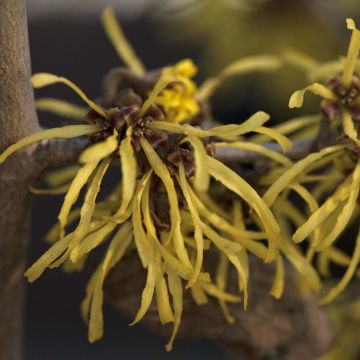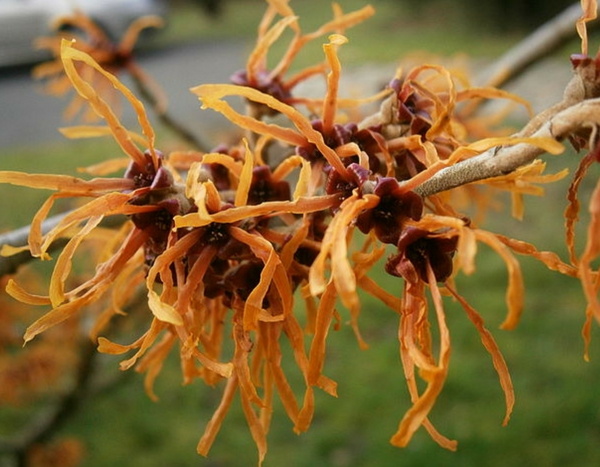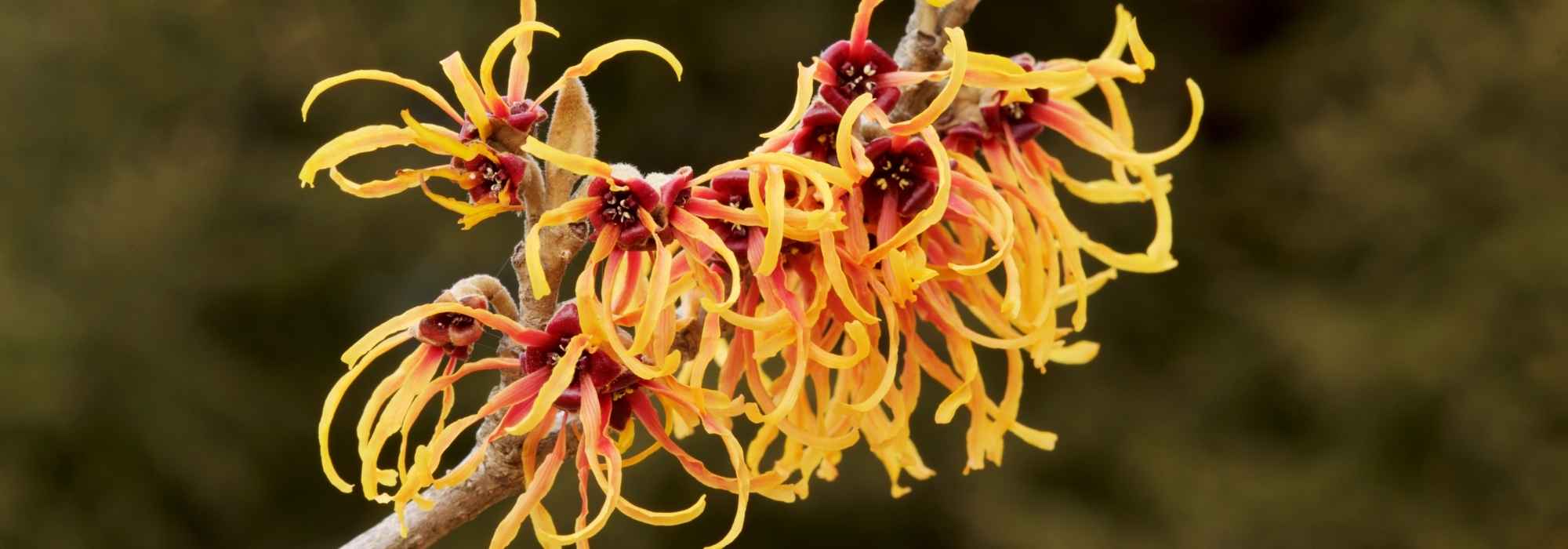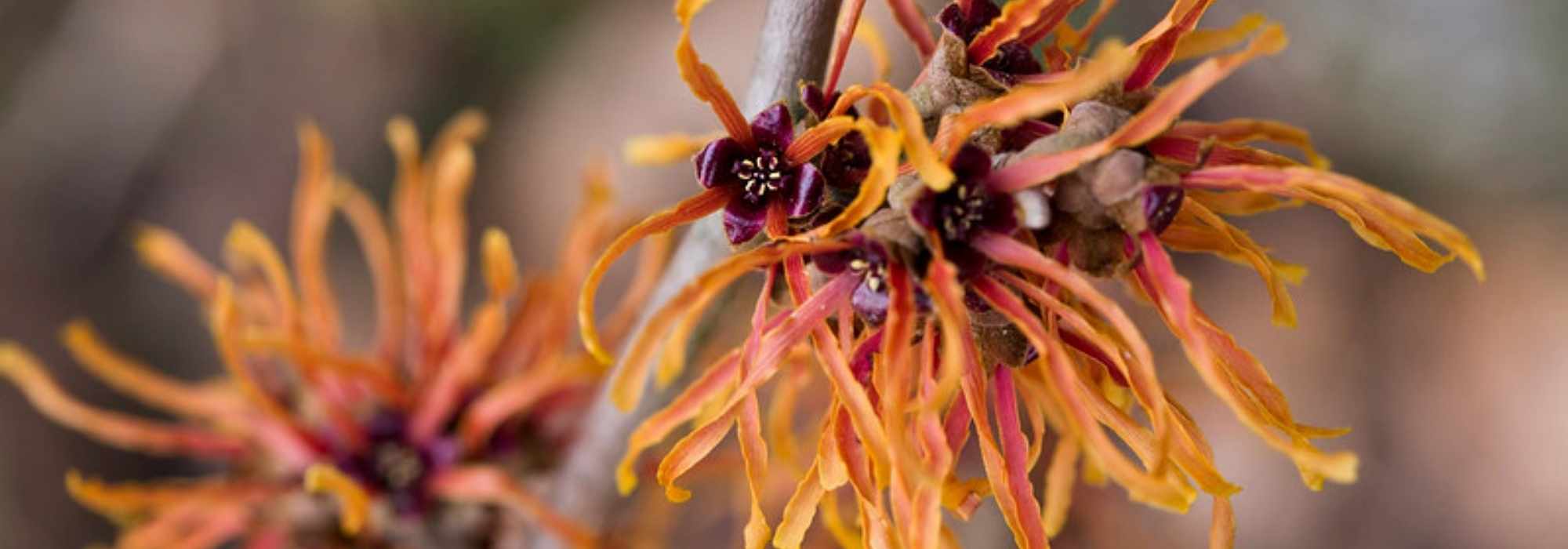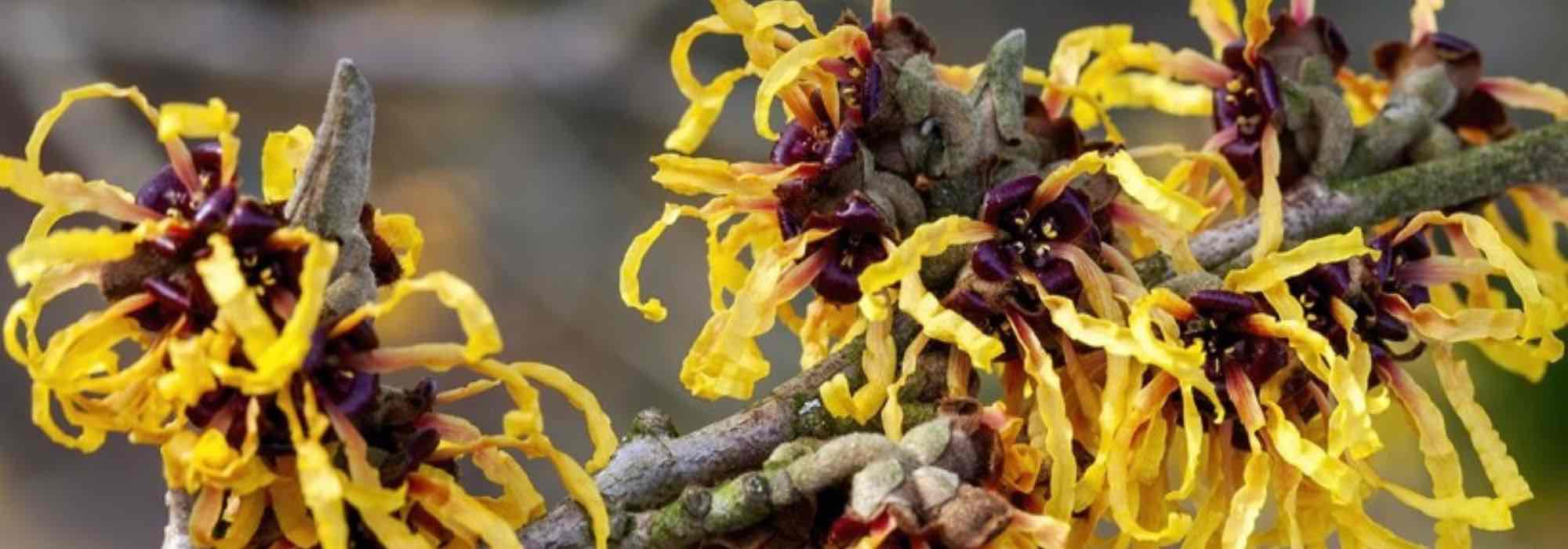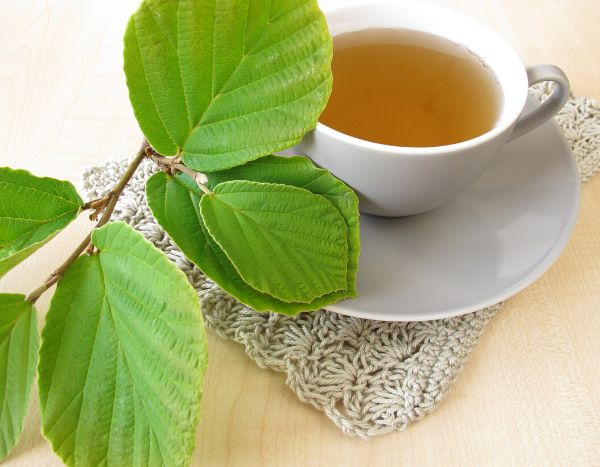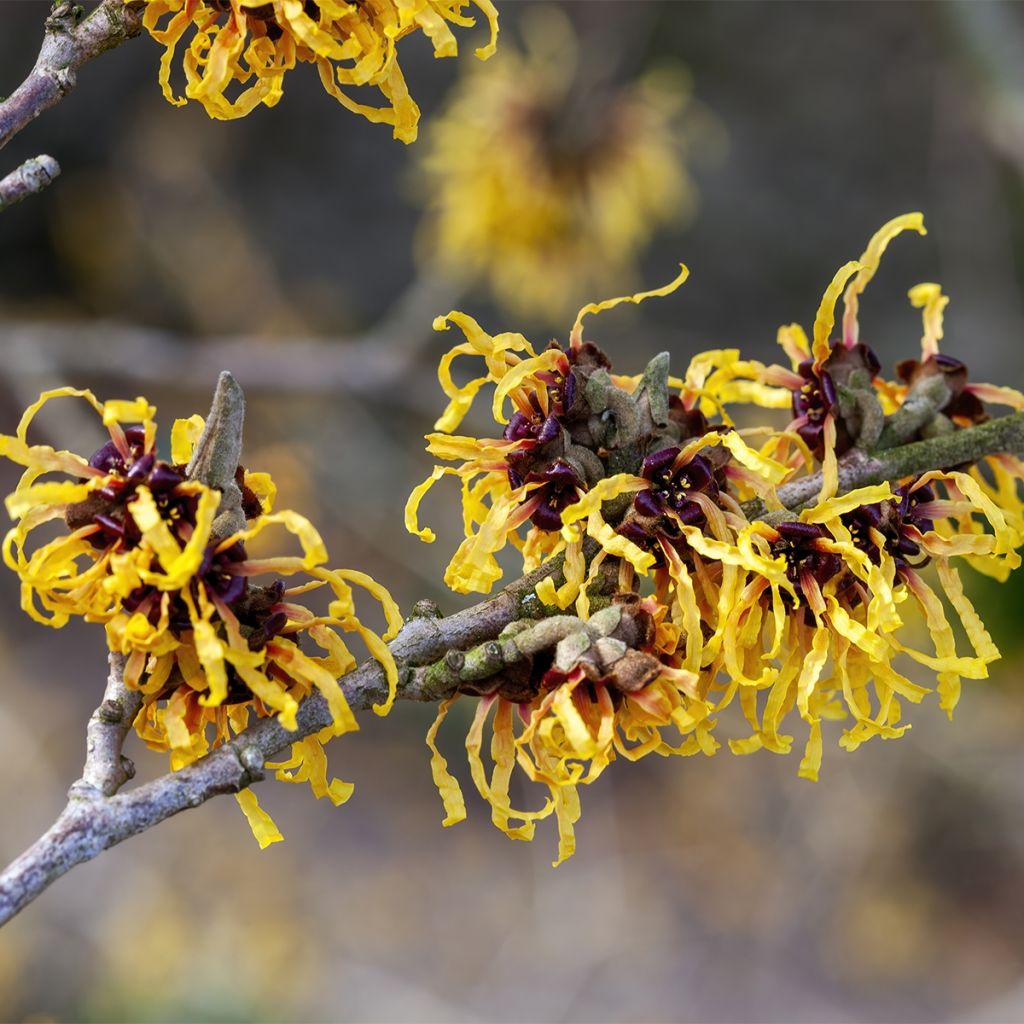

Hamamelis intermedia Aurora - Witch Hazel
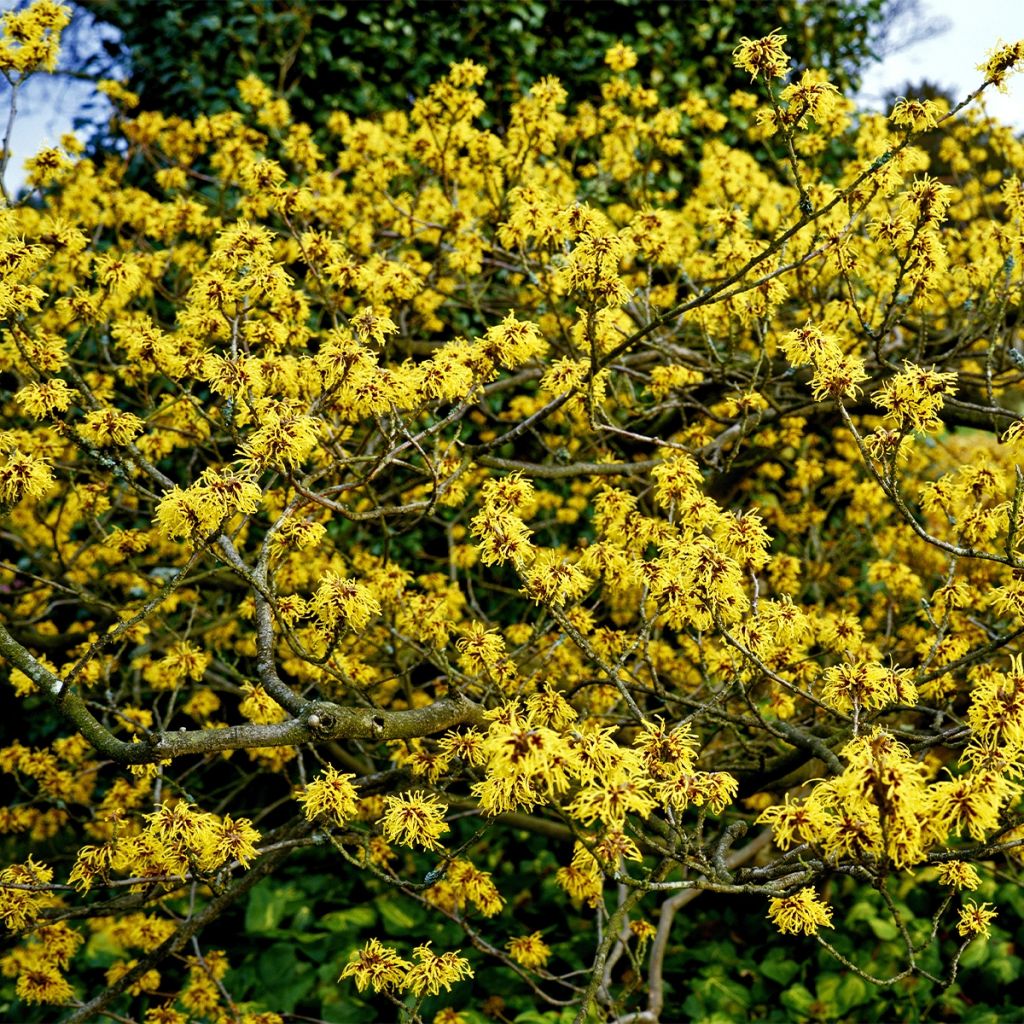

Hamamelis intermedia Aurora - Witch Hazel
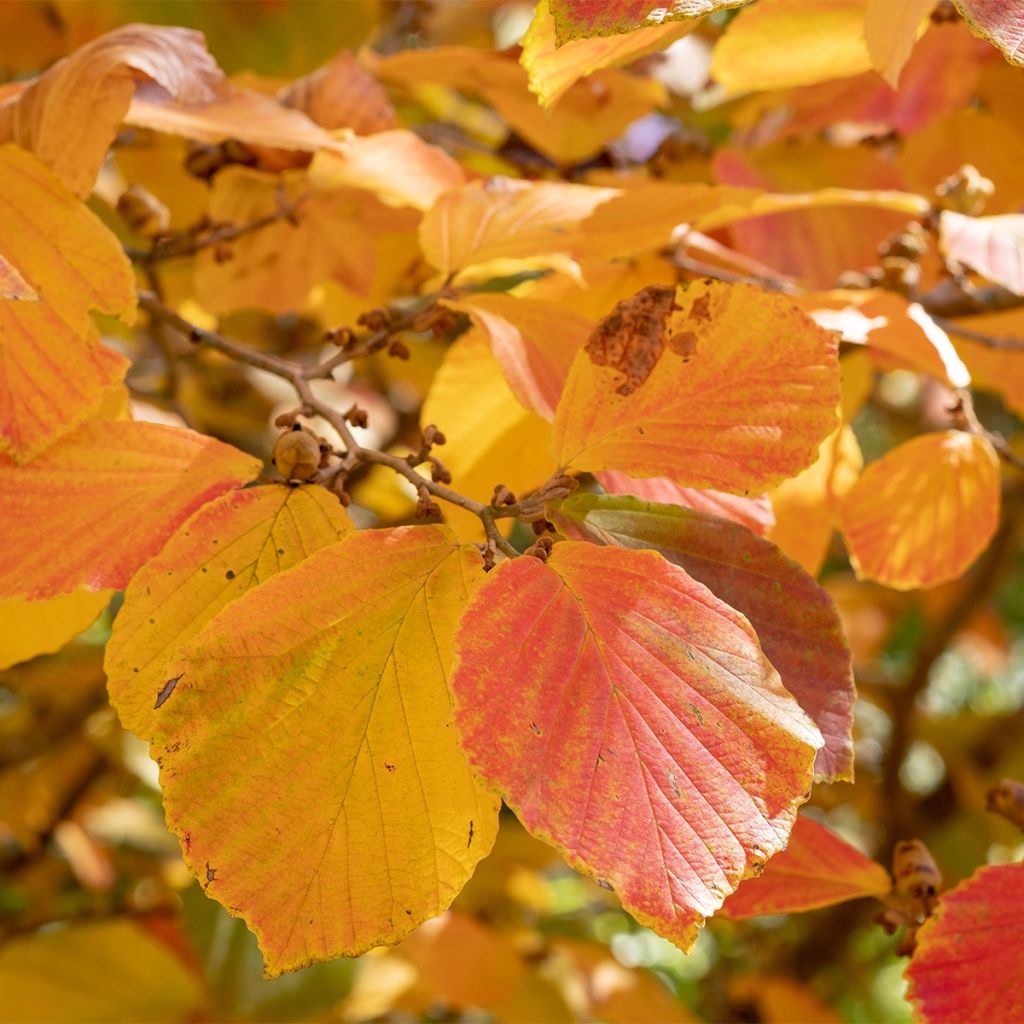

Hamamelis intermedia Aurora - Witch Hazel
Hamamelis intermedia Aurora - Witch Hazel
Hamamelis x intermedia Aurora
Witch Hazel
Special offer!
Receive a €20 voucher for any order over €90 (excluding delivery costs, credit notes, and plastic-free options)!
1- Add your favorite plants to your cart.
2- Once you have reached €90, confirm your order (you can even choose the delivery date!).
3- As soon as your order is shipped, you will receive an email containing your voucher code, valid for 3 months (90 days).
Your voucher is unique and can only be used once, for any order with a minimum value of €20, excluding delivery costs.
Can be combined with other current offers, non-divisible and non-refundable.
Why not try an alternative variety in stock?
View all →This plant carries a 24 months recovery warranty
More information
We guarantee the quality of our plants for a full growing cycle, and will replace at our expense any plant that fails to recover under normal climatic and planting conditions.

Does this plant fit my garden?
Set up your Plantfit profile →
Description
Hamamelis x intermedia 'Aurora', also known as the Witch Hazel, is a variety with fairly large flowers, reaching up to 4 cm. They appear in late winter and are a beautiful bright yellow with an orange base. Of medium growth, it forms over time a beautiful bush with a spreading habit and dark green leaves. In autumn, this deciduous plant displays magnificent warm shades of yellow, orange, and red. Hamamelis does not like too much direct sunlight or drought; it grows well in neutral to acidic soil, remaining moist during summer. One of the best shrubs for autumn and late winter, it can be planted in groups or as a standalone plant.
Hamamelis x intermedia is a hybrid resulting from the cross-breeding between Hamamelis japonica and H. mollis, originating respectively from Japan and China. These plants belong to the hamamelidaceae family, which also includes Loropetalum, Liquidambars, and Persian Ironwood, which invariably display fantastic autumn foliage colours.
Hamamelis x intermedia 'Aurora' is a horticultural variety obtained in 1985 by Jan van Hejningen, an expert in Hamamelis, who is responsible for at least 7 varieties, all starting with the letter A. His creation 'Aurora' received an "Award of Garden Merit" in 2005 from the prestigious Royal Horticultural Society RHS) in England for its numerous qualities.
This variety is remarkable for its flowers, probably the largest of the species, as they can reach up to 4 cm (1.6 in) in length. Consisting of thin graceful filaments, they are yellow with an orange base and appear in February, before the leaves. They are slightly fragrant and have a characteristic shape resembling spiders or witch claws, hence the common name Witch Hazel. This beautiful flowering lasts for 6 to 8 weeks followed by dark green leaves. Slightly obovate (widening towards the tip, opposite the petiole), their colour and texture, rather than their shape resembling that of Hazel. In autumn, they turn warm colours ranging from yellow to orange then scarlet red. It is undoubtedly one of the best shrubs for autumn colour!
'Aurora' has a medium growth, reaching approximately 3 to 3.50 m (9 ft 10 in to 11 ft 6 in) in all directions after 10 years or more. It has a spreading habit, forming a few main branches that bear secondary lateral branches spreading almost horizontally (slightly V-shaped). The branches of Hamamelis are somewhat fragile, so it is best to avoid walking too close to them to avoid breaking them. If planting them in groups, it is best to place low-growing plants around them that will not hinder their spread. Very hardy (approximately -25°C (-13 °F)), Hamamelis is quite demanding in terms of its growing conditions. Once the right location is found, it proves to be a robust and virtually maintenance-free plant (no pruning required).
Plant this Hamamelis intermedia 'Aurora' at the edge of a woodland, on the edge of a grove of large trees, or in a group, in the company of shrubs with similar requirements, such as the lovely small Hydrangea serrata Avelroz, a Hydrangea with beautiful green foliage turning purple during the season with bright pink flowering in June-July. To accompany the winter flowering of 'Aurora', you can associate it with a Sarcococca hookeriana Digyna, a small shrub with narrow evergreen leaves and delicately scented white flowers, or a Daphne odora Marianni, with variegated yellow-green foliage and lightly scented pink flowers. And for the edges of your group, opt for a carpet of Hellebore by combining varieties with different flower colours.
Hamamelis intermedia Aurora - Witch Hazel in pictures
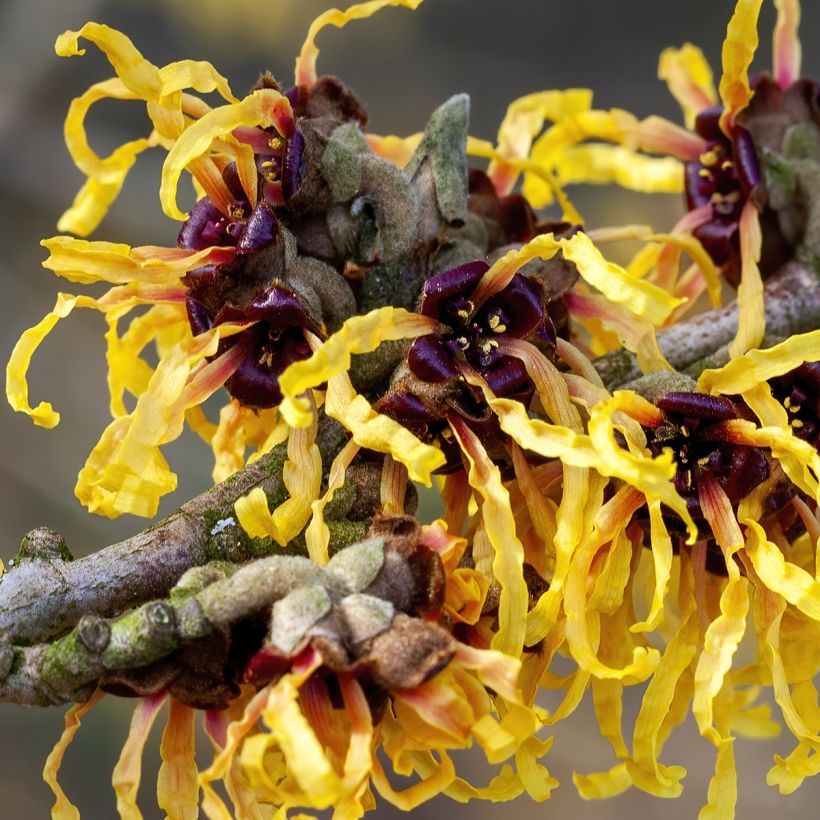

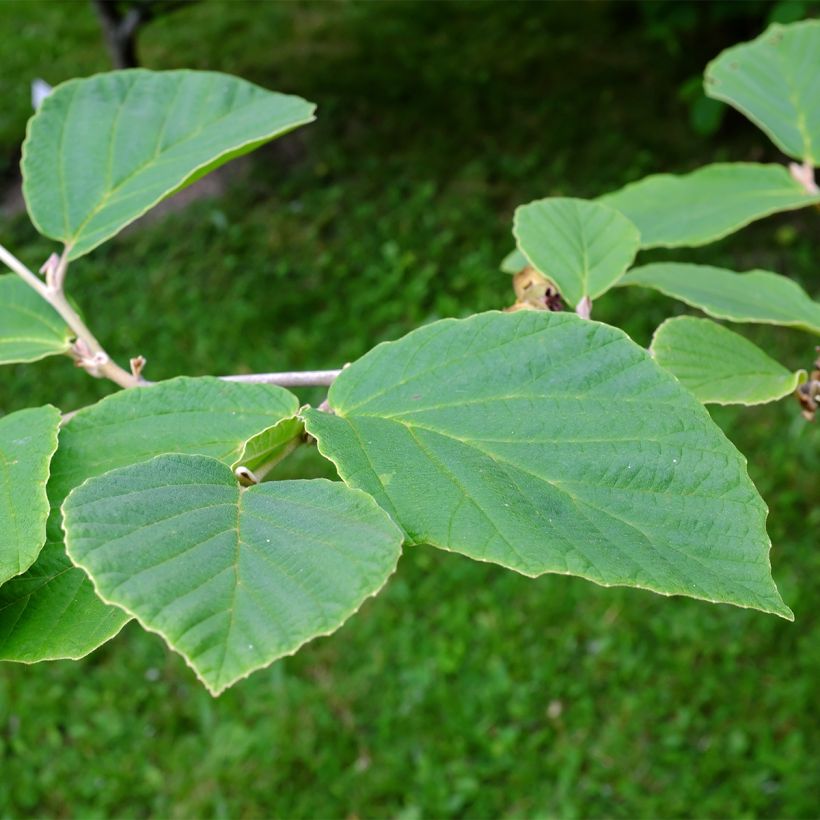

Plant habit
Flowering
Foliage
Botanical data
Hamamelis
x intermedia
Aurora
Hamamelidaceae
Witch Hazel
Cultivar or hybrid
Other Hamamelis - Witch-hazel
View all →Planting and care
Plant your Hamamelis intermedia 'Aurora' in autumn, to benefit from seasonal rains. This bush requires a neutral to acidic soil, or at least non-chalky. Choose a moderately sunny exposure in the north, and a partially shaded one in hot climates. This bush does not like too bright sun or drought, whether atmospheric or root-related. Under these conditions, its leaves will droop sharply, turn yellow, and may even fall prematurely.
Choose a location close to the house to fully enjoy its winter flowering. Dig a hole about 60 to 70 cm (23.6 to 27.6 in) wide and deep, enrich the soil with ericaceous soil and compost to mix with the existing soil. You can also use soil enriched with a root stimulator. Soak the root ball in a bucket of water for 20 minutes, then position it in the planting hole, with the top of the root ball flush with the surface of the soil. Fill in around it and water abundantly.
Monitor watering during the growing season and water whenever necessary (at least when the leaves droop and if possible before). This bush likes moist soils, so there is little risk of overwatering in summer. In winter let the rain do its job!
Planting period
Intended location
Care
Planting & care advice
This item has not been reviewed yet - be the first to leave a review about it.
Haven't found what you were looking for?
Hardiness is the lowest winter temperature a plant can endure without suffering serious damage or even dying. However, hardiness is affected by location (a sheltered area, such as a patio), protection (winter cover) and soil type (hardiness is improved by well-drained soil).

Photo Sharing Terms & Conditions
In order to encourage gardeners to interact and share their experiences, Promesse de fleurs offers various media enabling content to be uploaded onto its Site - in particular via the ‘Photo sharing’ module.
The User agrees to refrain from:
- Posting any content that is illegal, prejudicial, insulting, racist, inciteful to hatred, revisionist, contrary to public decency, that infringes on privacy or on the privacy rights of third parties, in particular the publicity rights of persons and goods, intellectual property rights, or the right to privacy.
- Submitting content on behalf of a third party;
- Impersonate the identity of a third party and/or publish any personal information about a third party;
In general, the User undertakes to refrain from any unethical behaviour.
All Content (in particular text, comments, files, images, photos, videos, creative works, etc.), which may be subject to property or intellectual property rights, image or other private rights, shall remain the property of the User, subject to the limited rights granted by the terms of the licence granted by Promesse de fleurs as stated below. Users are at liberty to publish or not to publish such Content on the Site, notably via the ‘Photo Sharing’ facility, and accept that this Content shall be made public and freely accessible, notably on the Internet.
Users further acknowledge, undertake to have ,and guarantee that they hold all necessary rights and permissions to publish such material on the Site, in particular with regard to the legislation in force pertaining to any privacy, property, intellectual property, image, or contractual rights, or rights of any other nature. By publishing such Content on the Site, Users acknowledge accepting full liability as publishers of the Content within the meaning of the law, and grant Promesse de fleurs, free of charge, an inclusive, worldwide licence for the said Content for the entire duration of its publication, including all reproduction, representation, up/downloading, displaying, performing, transmission, and storage rights.
Users also grant permission for their name to be linked to the Content and accept that this link may not always be made available.
By engaging in posting material, Users consent to their Content becoming automatically accessible on the Internet, in particular on other sites and/or blogs and/or web pages of the Promesse de fleurs site, including in particular social pages and the Promesse de fleurs catalogue.
Users may secure the removal of entrusted content free of charge by issuing a simple request via our contact form.
The flowering period indicated on our website applies to countries and regions located in USDA zone 8 (France, the United Kingdom, Ireland, the Netherlands, etc.)
It will vary according to where you live:
- In zones 9 to 10 (Italy, Spain, Greece, etc.), flowering will occur about 2 to 4 weeks earlier.
- In zones 6 to 7 (Germany, Poland, Slovenia, and lower mountainous regions), flowering will be delayed by 2 to 3 weeks.
- In zone 5 (Central Europe, Scandinavia), blooming will be delayed by 3 to 5 weeks.
In temperate climates, pruning of spring-flowering shrubs (forsythia, spireas, etc.) should be done just after flowering.
Pruning of summer-flowering shrubs (Indian Lilac, Perovskia, etc.) can be done in winter or spring.
In cold regions as well as with frost-sensitive plants, avoid pruning too early when severe frosts may still occur.
The planting period indicated on our website applies to countries and regions located in USDA zone 8 (France, United Kingdom, Ireland, Netherlands).
It will vary according to where you live:
- In Mediterranean zones (Marseille, Madrid, Milan, etc.), autumn and winter are the best planting periods.
- In continental zones (Strasbourg, Munich, Vienna, etc.), delay planting by 2 to 3 weeks in spring and bring it forward by 2 to 4 weeks in autumn.
- In mountainous regions (the Alps, Pyrenees, Carpathians, etc.), it is best to plant in late spring (May-June) or late summer (August-September).
The harvesting period indicated on our website applies to countries and regions in USDA zone 8 (France, England, Ireland, the Netherlands).
In colder areas (Scandinavia, Poland, Austria...) fruit and vegetable harvests are likely to be delayed by 3-4 weeks.
In warmer areas (Italy, Spain, Greece, etc.), harvesting will probably take place earlier, depending on weather conditions.
The sowing periods indicated on our website apply to countries and regions within USDA Zone 8 (France, UK, Ireland, Netherlands).
In colder areas (Scandinavia, Poland, Austria...), delay any outdoor sowing by 3-4 weeks, or sow under glass.
In warmer climes (Italy, Spain, Greece, etc.), bring outdoor sowing forward by a few weeks.






























